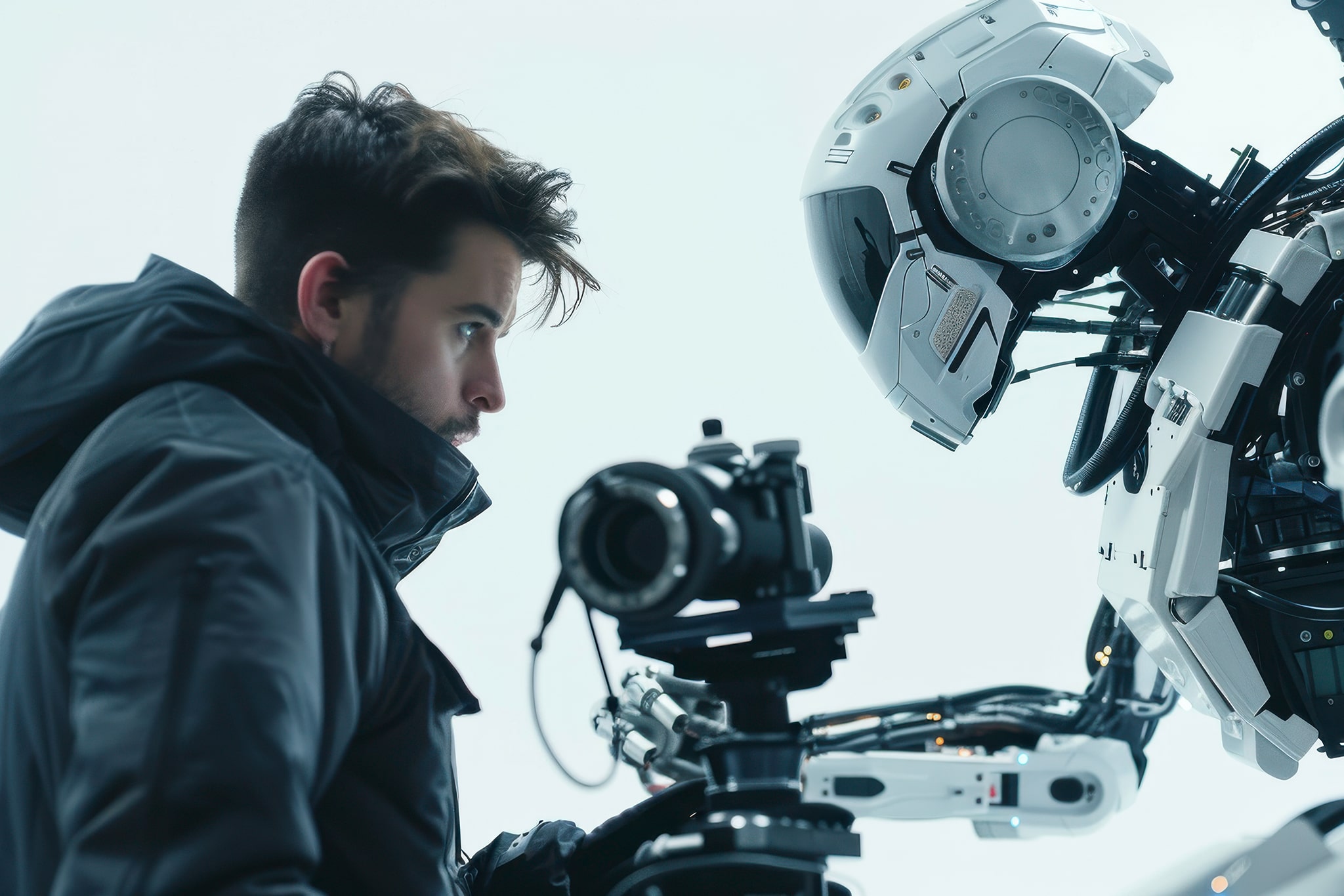In 2025, the creative industry is no longer just a playground for humans. AI tools like ChatGPT, Midjourney, and DALL·E have stormed the gates, becoming both collaborators and competitors. The question that keeps creative directors up at night isn’t if AI will take over but how much control they should cede.
The Shift: From Hands-On to Hands-Off
Previously, crafting a brand’s story involved scribbling mood boards, writing painstaking briefs, and endless rounds of revisions. Now, enter prompt engineering—a new skill that flips the traditional workflow. Instead of “write me a headline,” copywriters feed algorithms detailed prompts that pull together entire brand narratives in seconds.
Designers no longer chase endless asset libraries. Instead, they direct AI to generate bespoke visuals based on brand DNA, tone, and market insights.
Where Humans Still Win
AI lacks emotional nuance. It doesn’t feel the pulse of cultural shifts or empathize with human anxieties. That’s why the most innovative brands are not replacing creatives but empowering them.
Creative Directors become curators of AI output, filtering what feels human enough to resonate.
Case Study:
Consider Nike’s latest campaign where Midjourney-generated visuals were used to experiment with unconventional color palettes and abstract backgrounds. The result? A visually striking campaign that felt raw, fresh, and unlike anything a stock photo library could offer.
The Verdict
AI isn’t here to steal jobs; it’s here to challenge creative thinking. The winners will be the ones who treat AI as a tool, not a crutch.




